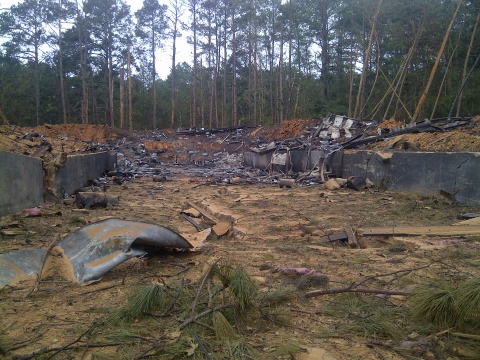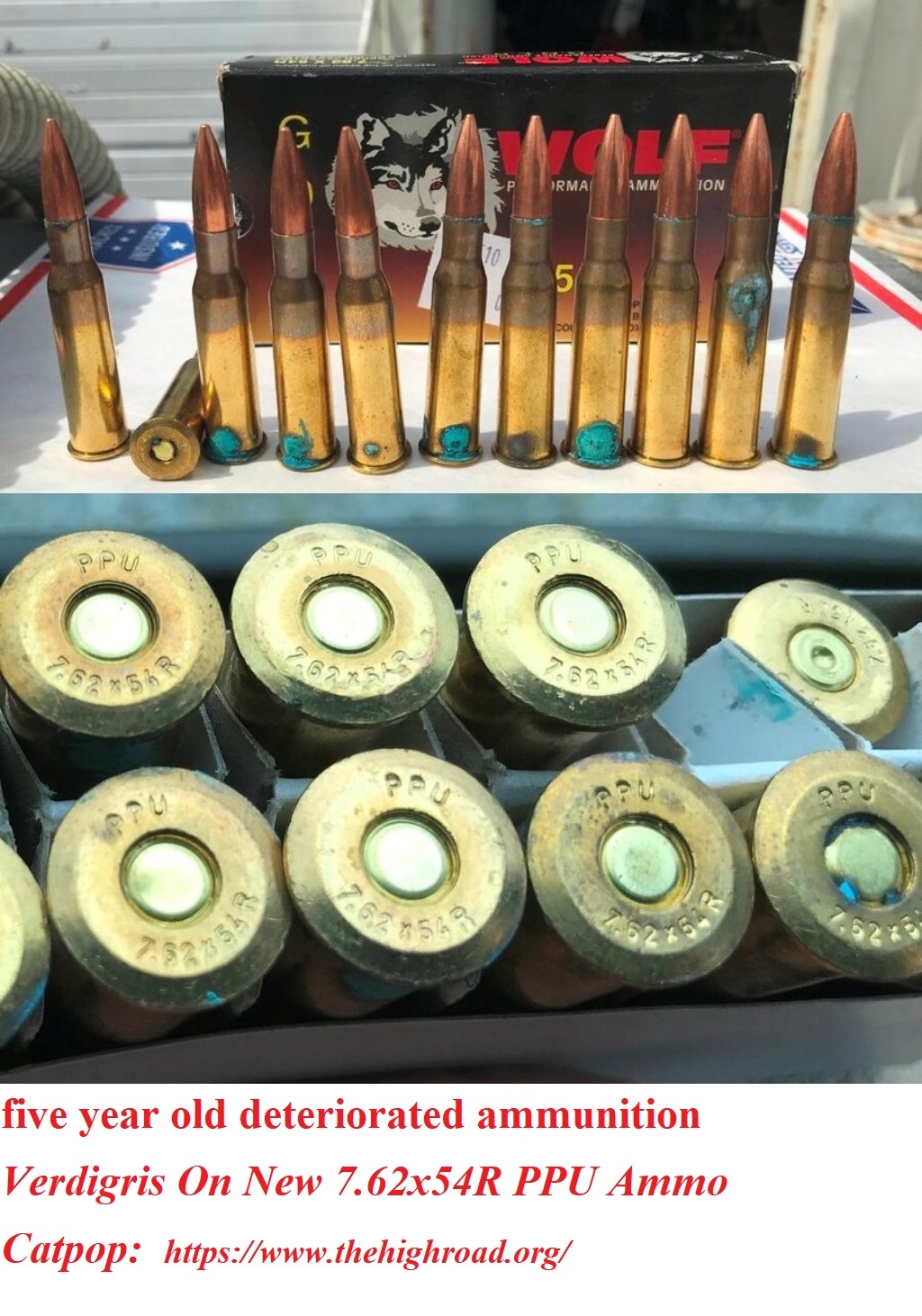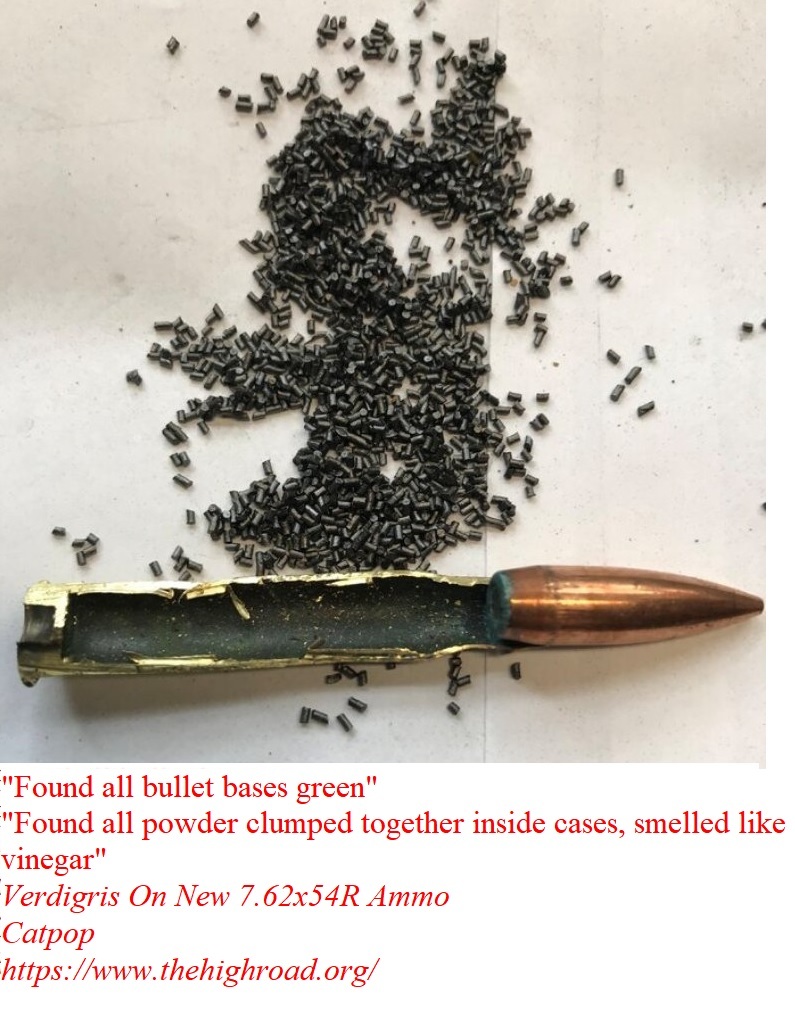LuckyGunner Labs shot four brands of ammo 10,000 each in its own AR.
Steel cases were less reliable, steel bullet jackets wore out the barrels in about 6000.
They didn't have a high percentage of malfs and the steel cased ammo was enough cheaper to save the cost of a new barrel. So for plinking, the cheap stuff was more economical in the very long run.
The Luck Gunner test is generally a good test, it provides a ton of useful data provided you understand its limitations, and what they actually tested. It does not really test “steel vs brass cases”, nor does it test “copper jacketed vs steel jacketed bullets”. It tests two, maybe three types of Russian produced ammunition to one brand on American produced ammunition. It does not totally isolate all the variables, but when used in conjunction with other known facts some good conclusions can be drawn.
As stated at the beginning, there are two mechanisms of barrel wear, one related to the propellant, the high pressure, high temperature gas, and one related to the projectile, rubbing of the bullet on the bore. Further, there are two manifestations of barrel wear, throat wear and muzzle wear.
The gas temperature of burning propellant is higher than the melting point of the steel the barrel is made from, but only acts for a short time and is highest in the throat of the barrel. This is what eventually erodes the throat. The hotter the propellant, the faster the throat will erode.
The bullet sliding down the barrel causes friction and rubbing wear, the faster the bullet is moving, the more the wear, since the bullet is moving the fastest at the muzzle, that is where rubbing wear will be seen. Also, rubbing causes things to heat up, and at the muzzle the rubbing will have heated the bullet to its hottest. Maximum thermal expansion will also coincide with maximum temperature. Granted, this expansion is in to order of fractions of microinches, but it is there. Steel jacketed bullets will wear muzzles faster than copper jacketed bullets.
There was a test done in the early 1970s that took a known hot propellant, and known cool propellant, steel jacketed bullets and copper jacketed bullets and put them together in all possible combinations:
Hot propellant – steel jacketed bullets
Cool propellant – steel jacketed bullets
Hot Propellant – copper jacketed bullets
Cool propellant – copper jacketed bullets
The hot propellant-steel jacket combination resulted in barrels lasting approximated 8000 rounds, and primarily worn due to muzzle wear and key-holing. The cool propellant–copper jacket combination resulted in barrels lasting 15,000 rounds, with throat erosion being the cause for barrel rejection due to velocity loss.
These two results mirror what we see in the Lucky Gunner test, and that is one thing we can take away from the Lucky Gunner test. Barrel life is a factor of bullet jacket material and propellant choice.
RELIABILITY:
It is a myth that steel cases, in general, cause more malfunctions than brass cases. The Lucky Gunner test only tested two or three steel case manufacturers. At least three times in the last 75 years the US Army has made and tested steel cases, and every time they have come to the conclusion that equal reliability can be had with steel cases, provided the cases are made correctly. And what did all imported steel cased ammunition have in common? It was cheap. So just how much effort do you think was made to ensure all the cases were properly heat treated? (In some military applications steel is the exclusive case material, even in the West.)




